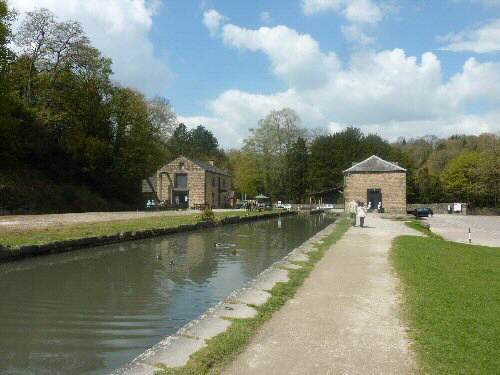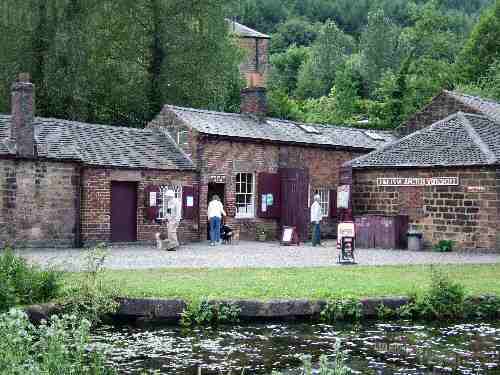CROMFORD CANAL
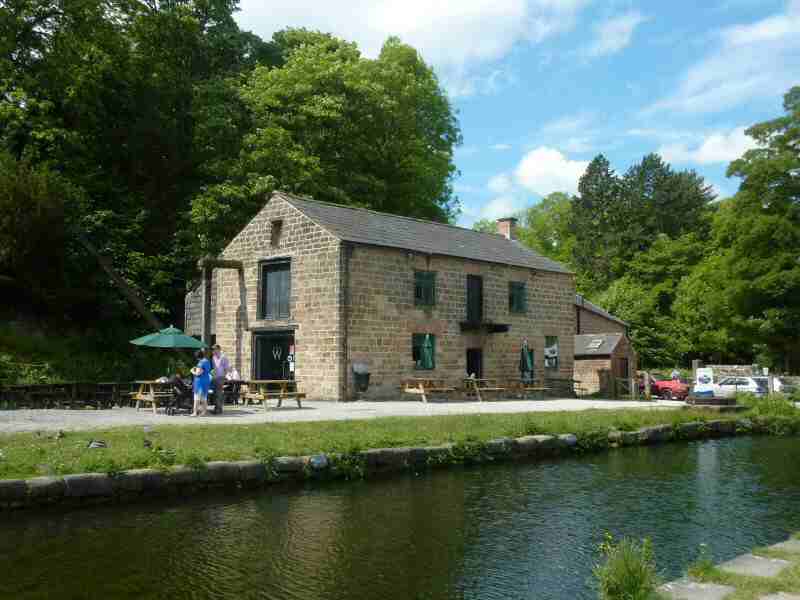
PLAN YOUR VISIT TO CROMFORD CANAL
INFORMATION
Location: Off the A6, two miles south of Matlock at Cromford, where you take the signs for Arkwright Mill. The canal is on the opposite side of the road to the mill.
Visit: High Peak Junction Visitor Centre is an excellent place to walk to along the Cromford Canal. There is a wide selection of books and maps available, as well as an interesting railway video to watch. Light refreshments can be purchased, and there are picnic tables outside. Check the opening arrangements.
Refreshments: There are several food outlets at Cromford as well as at Arkwright’s Mill and Wheatcroft’s Wharf.
Cromford was the first purpose-built industrial village, and it encompasses the site of the world’s first successful water-powered cotton mill. It was from Cromford that its revolutionary methods spread across the rest of the world. Its creator, Richard Arkwright, the semi-literate son of a Lancashire tailor, rose from obscurity to become the first commoner ever to be knighted for his contribution to the industry. As a result of his achievements, Britain transformed from an almost self-sufficient country with an economy based on agriculture and cottage industries into the workshop of the world. In 2001, it was awarded World Heritage Status.
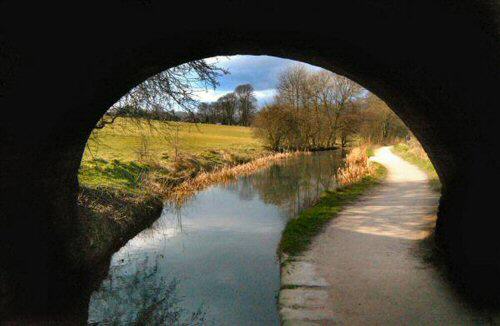
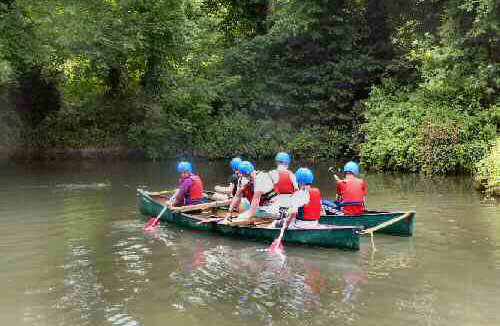
CROMFORD CANAL
The construction of the Cromford Canal was completed in late 1794 to improve the movement of heavy goods in and out of Cromford. Although it was opened after the death of Sir Richard Arkwright, he was a prime mover in the decision to construct the canal. It linked up with the Erewash Canal at Langley Mill, which ran into the River Trent. It provided a connection with Derby and Nottingham and, beyond that, with Liverpool and Manchester by the Trent and Mersey Canal. Built in two gauges, the canal ran from Langley Mill to the eastern end of the Butterley Tunnel in broad gauge, with fourteen locks. From this point for the section to Cromford, the narrow-gauge system took over, and there were no locks. The situation was further complicated by the fact that the Butterley Tunnel, 3,000 yards in length, did not have a towpath.
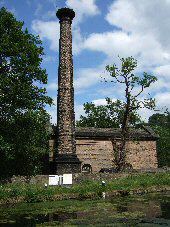
The canal soon became very busy, as apart from the benefits it brought to Arkwright’s Cromford Mills, thousands of tonnes of stone were shipped all over the country from Cromford Wharf. Lead was taken the much shorter distance to the smelter at Lea, using the Nightingale Arm of the canal – a short branch canal, built by Florence Nightingale’s uncle. One of the most unusual of shipments was two stone lions, which, having been sculptured at Darley Dale, were taken by canal to Liverpool, where they still stand by the entrance to St George’s Hall.
The arrival of the railway era in the mid-1800s gradually took most of the business away from the canal. Then disaster struck at the turn of the century with the collapse of the Butterley Tunnel. It was not rebuilt. However, the canal continued to be used on both sides, carrying mainly coal and limestone. It was finally abandoned in 1944 as a commercial waterway. Thirty years later, Derbyshire County Council purchased the section of the canal from Cromford to Ambergate and developed it for recreational purposes. Close to both the A6 trunk road and the Derby to Matlock railway line, it is easily accessible both by road and rail.
The towpath is walkable from Cromford to Ambergate, five and a half miles, and the walk from Cromford Wharf to High Peak Junction is suitable for pushchairs and wheelchairs. It is rich in wildlife and has been designated a Site of Special Scientific Interest, with the southern end from Ambergate to Whatstandwell managed as a local nature reserve by Derbyshire Wildlife Trust. Scenic boat trips along the canal are available on selected dates, usually from April to October, on Birdswood, which has been providing public cruises since 2013. Special Interest Trips include guided tours focusing on specific themes.
